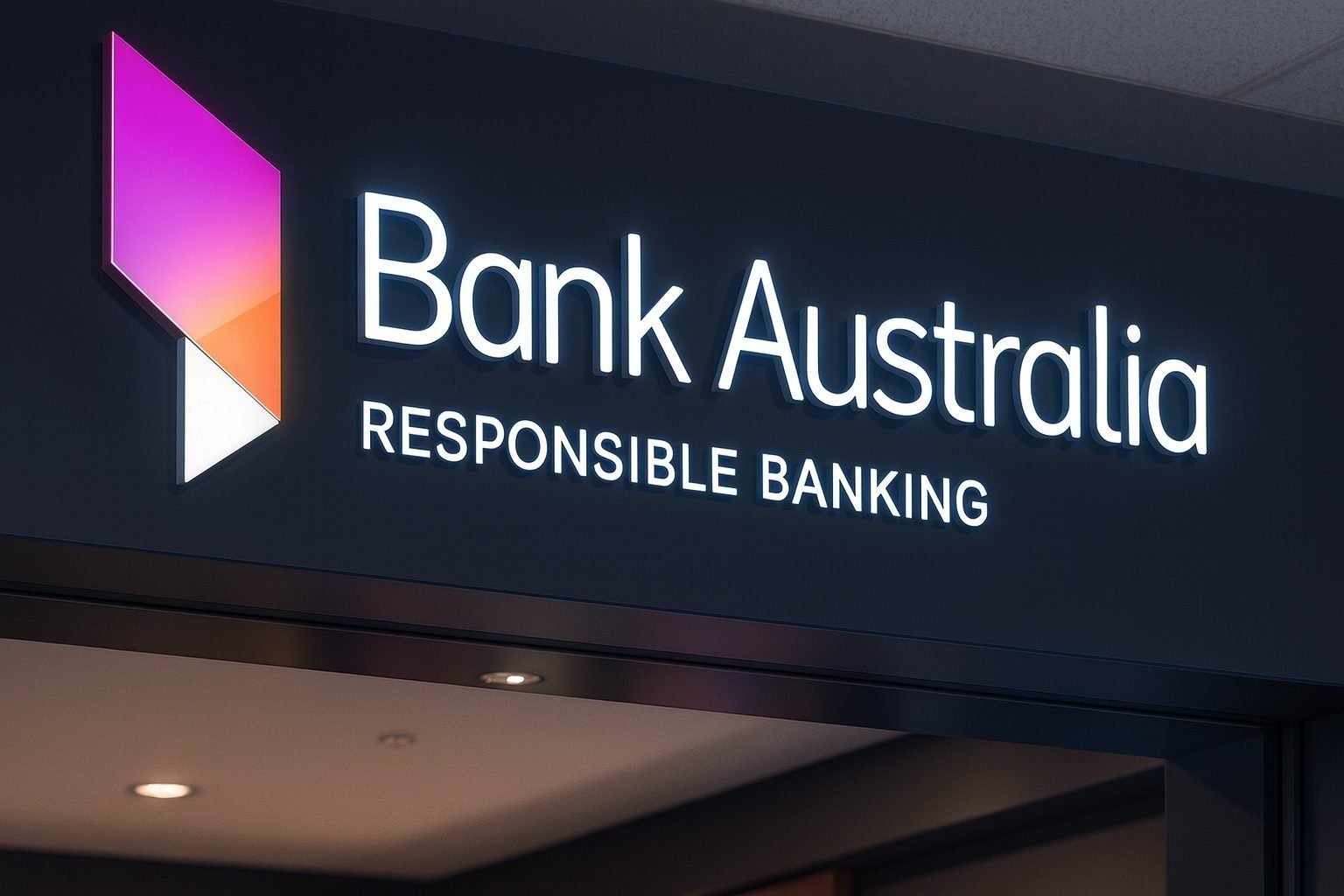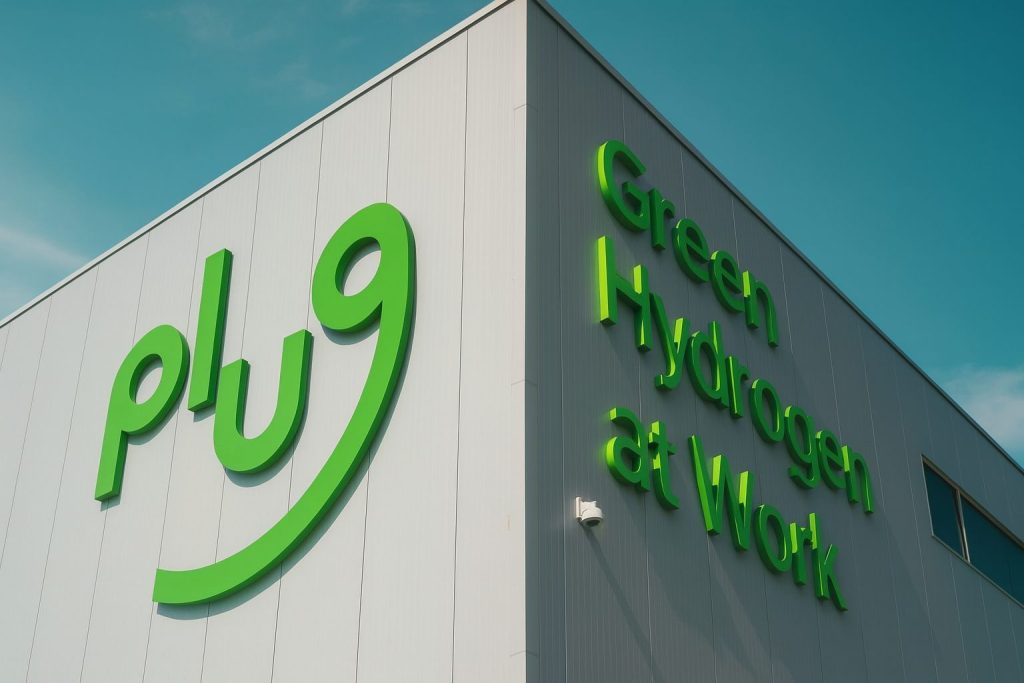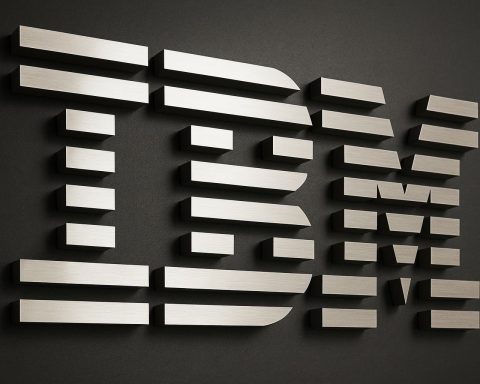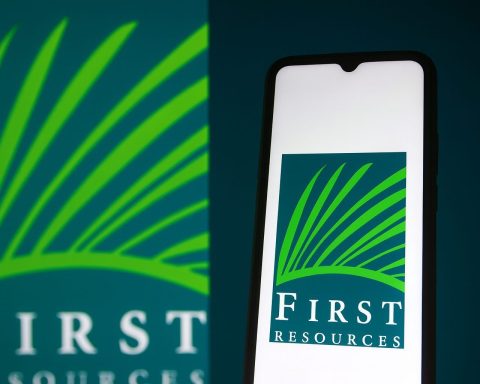Melbourne, Australia – 24 November 2025 – Bank Australia has officially completed the acquisition and full transfer of Australian Unity Bank’s (AUB) banking business, in a deal that reshapes Australia’s customer‑owned banking landscape and caps off a year of rapid consolidation in the sector.
The transaction brings around 29,000 Australian Unity banking customers into Bank Australia, boosting its customer base to more than 320,000 people and lifting group assets to roughly A$17.5 billion, supported by close to 900 employees. [1]
The acquisition is Bank Australia’s second bank deal in quick succession, following its merger with Qudos Bank earlier this year, and comes as global financial institutions continue to pursue scale, efficiency and technology upgrades through mergers and acquisitions. [2]
Deal at a glance
According to a series of announcements and reports published today, 24 November 2025, here are the key facts about the Bank Australia–Australian Unity Bank transaction: [3]
- Parties: Bank Australia (a customer‑owned, B Corp‑certified mutual bank) and Australian Unity Bank, the banking arm of Australian Unity.
- Effective date: Full transfer and completion confirmed on 24 November 2025.
- Customers moving:
- Sectors and rating agencies estimate between 25,000 and 29,000 customers;
- Bank Australia and trade media describe “around 29,000” Australian Unity customers joining the bank.
- Scale of portfolio:
- Business model: Both institutions are member‑owned and emphasise mutual, purpose‑driven banking, with Bank Australia already recognised for its climate commitments and social impact focus. [6]
Why Bank Australia is buying Australian Unity Bank
Bank Australia first signalled its intention to acquire Australian Unity Bank in November 2024, positioning the move as a way to build scale while preserving a values‑based, customer‑owned model. [7]
Today’s completion confirms that strategy. In statements quoted across trade and financial media:
- Damien Walsh, Managing Director of Bank Australia, frames the deal as a deliberate step to “create the scale and capability” needed to deliver a better, future‑proof customer experience. [8]
- Rohan Mead, Group Managing Director and CEO of Australian Unity, highlights that the transition reflects Australian Unity’s focus on the wellbeing of Australians, and that Bank Australia’s customer‑owned, values‑driven model aligns closely with its own. [9]
For Australian Unity, the sale allows it to concentrate on its broader health, wealth and care businesses, while ensuring banking customers move to a like‑minded mutual institution. For Bank Australia, it’s an opportunity to deepen its presence in retail banking, grow its loan book and deposits, and spread the cost of ongoing investment in technology, security and regulatory compliance across a larger base.
What changes today for Australian Unity Bank customers?
Bank Australia and Australian Unity have spent months preparing the migration, supported by a dedicated Australian Unity acquisition information hub. [10]
1. New banking relationship, same mutual model
From today:
- Australian Unity Bank customers become Bank Australia customers and members of a larger, customer‑owned banking community.
- The combined group continues to operate as a mutual, customer‑owned bank, rather than a listed major, which is a key reassurance for customers who value member‑based governance. [11]
2. Access to branches and digital services
One of the biggest immediate benefits is improved access:
- Customers coming from the mostly digital‑only Australian Unity Bank now have access to Bank Australia’s network of 15 branches across New South Wales, Victoria, Queensland and the ACT. [12]
- Migrated customers can register for Bank Australia internet banking and the mobile app from Monday 24 November 2025, gaining access to upgraded digital features and security tools. [13]
SSBCrack News notes that the core customer migration has already been completed, with Australian Unity customers integrated into Bank Australia’s systems and able to use new digital tools and service channels. [14]
3. Account numbers, BSBs and logins
There are also some practical changes behind the scenes: [15]
- New membership number: Australian Unity customers receive a new Bank Australia membership number.
- New account and BSB numbers:
- Account and BSB details change,
- Direct debits and scheduled payments are designed to continue without disruption, thanks to behind‑the‑scenes redirection.
- Digital access: Customers log into Bank Australia’s internet banking and app rather than Australian Unity’s legacy systems.
Bank Australia has provided detailed guides and a transition information booklet explaining the changes, actions required and key dates.
4. Temporary disruptions around the changeover
As flagged on Bank Australia’s dedicated transition page, customers faced brief disruptions during the migration weekend:
- Planned interruptions to account access and payment processing occurred from close of business Friday 21 November to Monday 24 November, while systems were being switched over. [16]
By this morning, however, customer‑facing issues such as two‑factor authentication problems had been reported as resolved, and services like SMS codes were operating normally again. [17]
5. Deposit safety and the Financial Claims Scheme
An important change for customers who already bank with both institutions relates to deposit protection:
- Deposits with Bank Australia and Australian Unity Bank are covered by the Australian Government’s Financial Claims Scheme, which protects up to A$250,000 per customer, per authorised bank. [18]
- From 24 November 2025, balances at both banks are treated as a single total under that A$250,000 cap, because customers now bank with one licensed institution.
Customers whose combined deposits exceed A$250,000 are encouraged to review their arrangements in light of the new single‑bank status.
6. Security, limits and open banking consents
Bank Australia has emphasised security and customer protection as part of the transition: [19]
- Security features:
- Optional VoiceID (voice biometrics) for faster, more secure phone banking;
- Two‑factor authentication using Symantec VIP for sensitive online actions.
- Daily transaction limits:
- Many customers will see updated daily card and payment limits,
- These can be adjusted within the Bank Australia app and internet banking from 24 November.
- Open banking: Existing consents to share data via open banking do not transfer automatically. Customers will need to re‑authorise data sharing with any third‑party providers they use.
S&P: Acquisition strengthens Bank Australia’s competitive position
In a separate note published today by Asian Banking & Finance, S&P Global Ratings says the completed transfer of Australian Unity Bank’s business is expected to “solidify [Bank Australia’s] competitive position” among mutual lenders. [20]
Key points from S&P’s assessment:
- The AUB acquisition brings an estimated A$1.5 billion in loans and deposits and approximately 25,000 new customers into Bank Australia. [21]
- Prior to the deal, Bank Australia had around A$15 billion in loans and deposits and about 300,000 customers, meaning the acquisition provides a meaningful uplift in scale. [22]
- S&P believes the business transfer will support earnings stability and strengthen market position, especially within the customer‑owned banking niche. [23]
However, the ratings agency also flags that Bank Australia’s earlier merger with Qudos Bank is a “bigger issue” in terms of integration risk. That merger involves:
- Combining operations and technology platforms,
- Consolidating customers into a single core banking system,
- Managing short‑term profitability drag from merger‑related costs and transformation investments. [24]
Taken together, the Qudos and Australian Unity deals position Bank Australia as one of the largest and most prominent mutual banks in the country – but also leave it with a heavy execution agenda over the next few years.
Second big deal in a year: part of a wider consolidation wave
The Australian Unity transaction is Bank Australia’s second major acquisition since mid‑2025, following its integration of Qudos Bank in July. [25]
This is not happening in isolation. Industry coverage today places the deal within a broader wave of customer‑owned and regional bank consolidation:
- Regional Australia Bank and Summerland Bank members have endorsed a planned merger set to take effect in July 2026. [26]
- Other mutuals and smaller banks – including Great Southern Bank, P&N Group, Auswide Bank, MyState, G&C Mutual Bank, Unity Bank, Teachers Mutual Bank, Australian Mutual Bank, People’s Choice and Heritage Bank – are all exploring or progressing combinations, reflecting a sector‑wide push for scale. [27]
Globally, The Digital Banker notes that M&A activity in financial services has accelerated, with worldwide deal volumes in 2024 rising by around 8% year‑on‑year to about US$5.27 trillion, and Australian deal value jumping from over A$110 billion to almost A$142 billion. [28]
The Bank Australia–Australian Unity Bank deal is one of the clearest examples of that trend playing out in the mutual and customer‑owned segment.
How the acquisition fits Bank Australia’s purpose‑driven strategy
Beyond balance‑sheet scale, the acquisition ties into Bank Australia’s long‑standing “people, planet and purpose” strategy.
According to Bank Australia’s own disclosures and impact reporting: [29]
- It is a certified B Corporation,
- Has been carbon neutral for over a decade and is targeting net‑zero emissions by 2035,
- Avoids lending to sectors such as fossil fuels, live animal export, tobacco, gambling and weapons,
- Allocates a portion of profits to an Impact Fund supporting community and environmental initiatives.
Australian Unity, for its part, has framed the transition as consistent with its mission to improve Australians’ wellbeing, arguing that customers are moving to a bank with a similar member‑owned structure and social purpose. [30]
If Bank Australia successfully integrates Australian Unity Bank and Qudos Bank while maintaining its ethical and environmental commitments, it could emerge as one of the most influential purpose‑driven financial institutions in the country.
What Australian Unity customers should watch over the next 12 months
For customers making the shift today, here are the practical and strategic issues to keep an eye on:
- Smoothness of day‑to‑day banking
- Monitor direct debits, recurring payments and card transactions over the next few weeks to ensure nothing falls through the cracks during the account and BSB switch.
- Digital experience
- Explore the Bank Australia app and internet banking features, including security settings, alerts and limit controls.
- Check that any fintech apps or budgeting tools you use are re‑connected under new open banking consents. [31]
- Deposit concentrations
- If you previously held deposits with both Australian Unity Bank and Bank Australia, reconfirm how your combined balance sits relative to the A$250,000 Financial Claims Scheme cap per authorised bank. [32]
- Product changes and pricing
- Bank Australia’s transition materials indicate that there will be product changes and updated limits, with more detailed information being rolled out progressively. Customers should keep an eye on email, app notifications and mailed communications. [33]
- Longer‑term integration with Qudos Bank
- With the Qudos merger still bedding down, further system migrations or brand alignments could occur over the next 1–2 years. S&P has already highlighted technology and operational integration as key execution risks to watch. [34]
Key takeaways for 24 November 2025
- The deal is now done: Bank Australia has completed its acquisition of Australian Unity Bank’s banking business, effective today. [35]
- Customers have moved: Around 29,000 Australian Unity customers are now Bank Australia customers, taking the mutual’s total to over 320,000, with about A$17.5 billion in assets and 900 staff. [36]
- Ratings agencies approve – cautiously: S&P believes the acquisition will strengthen Bank Australia’s competitive position and earnings stability, though it warns that the larger Qudos integration is the more complex challenge. [37]
- Mutual banking is consolidating: The deal exemplifies a broader wave of customer‑owned bank mergers in Australia as institutions seek scale to fund technology, regulatory and product investment. [38]
- For customers, today is mostly about practical changes: New account details, updated mobile and internet banking, refreshed limits and re‑authorised open banking consents will be the most visible effects in the short term. [39]
As the dust settles on this weekend’s migration, the coming months will reveal how effectively Bank Australia can blend three mutual franchises—its original business, Qudos Bank and Australian Unity Bank—into a single, purpose‑driven competitor in Australia’s evolving retail banking market.
References
1. thedigitalbanker.com, 2. thedigitalbanker.com, 3. thedigitalbanker.com, 4. asianbankingandfinance.net, 5. thedigitalbanker.com, 6. en.wikipedia.org, 7. thedigitalbanker.com, 8. thedigitalbanker.com, 9. thedigitalbanker.com, 10. www.bankaust.com.au, 11. www.bankaust.com.au, 12. www.bankaust.com.au, 13. www.bankaust.com.au, 14. news.ssbcrack.com, 15. www.bankaust.com.au, 16. www.bankaust.com.au, 17. www.bankaust.com.au, 18. www.bankaust.com.au, 19. www.bankaust.com.au, 20. asianbankingandfinance.net, 21. asianbankingandfinance.net, 22. asianbankingandfinance.net, 23. asianbankingandfinance.net, 24. asianbankingandfinance.net, 25. www.mpamag.com, 26. www.mpamag.com, 27. thedigitalbanker.com, 28. thedigitalbanker.com, 29. en.wikipedia.org, 30. news.ssbcrack.com, 31. www.bankaust.com.au, 32. www.bankaust.com.au, 33. www.bankaust.com.au, 34. asianbankingandfinance.net, 35. thedigitalbanker.com, 36. thedigitalbanker.com, 37. asianbankingandfinance.net, 38. thedigitalbanker.com, 39. www.bankaust.com.au










